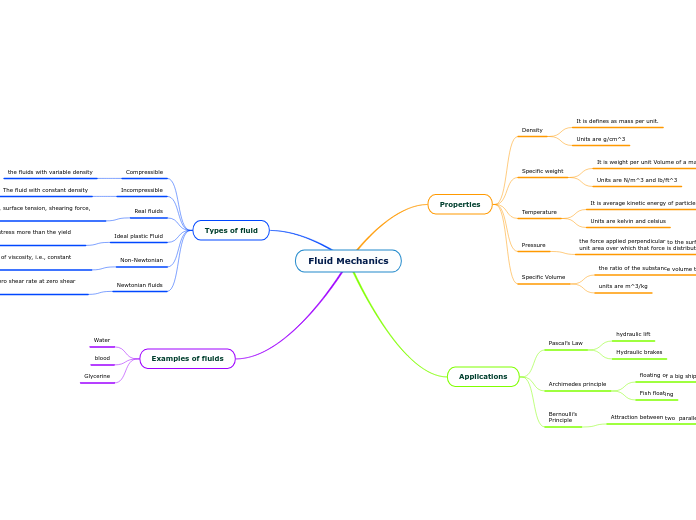Types of Catalyst Deactivation
Poisoning
the poisoning molecules become irreversibly chemisorbed to active sites, thereby reducing the no of sites availablefor the main rxn
Fouling
It results from a carbonaceous (coke)material being deposited
on the surface of catalyst.btopic
This mechanism common for the rxn involve the hyrocarbons.
Aging
the lost of catalytic
activitydue to loss of active site surface resulting from the
prolonged exposure to high gas-phase temperature
Deactivation» the decline in a catalytic activity as time progresses.
Catalyst
Application of catalyst
industrial gas
oil rige
power station
Types of catalyst
Unsupported
A catalyst distinguishes from supported catalyst.
used for high temp
Usually very active catalyst that do not require high surface
area
Supported
A catalyst consists of minute particles of an active
material dispersed over a less active substance
Require a high surface area supportto disperse the primary
catalyst
Monolithic
A catalyst that can be either porous or non-porous which is normally encountered in processes where pressure dropand heat removalare major consideration.
Require a high surface area supportto disperse the primary catalyst.
The active materialis a pure metalor metal alloy.
Molecular Sieves
A catalyst that admit small moleculesbut prevent
the large molecules from entering it
Porous
A catalyst has a large area resulting from porous.
The porescan control the residence time of various molecules
regeneration of catalyst
Redispersion of sintered
High-temperature treatment oxychlorination
Coked catalyst
gasification with O2, H2O, CO2 and H2
Poisoned catalyst
treatment with steam at 700-800 degree celcius
treatment with oxygen at low oxygen partial pressure
Catalysts properties
Typical silica
provide by inner porous structure
a large interfacial area
Solid interface
Catalytic process
Heterogeneous
Reaction between gasses and liquids are usually mass transfer limited
Occurs at or very near the fluid-solid interface
More common type used in industrial
A process involves more than one phase (usually the catalyst is a solid)
Example : Production of benzenefrom the hydrogenation of cyclohexane (obtained from distillation of crude petroleum) using platinum-on-alumina as the catalyst.
Homogeneous
A cataltic process in which a catalyst is in solution with atleast one of thw reactants
Example : Industrial Oxo processfor manufacturing normal isobutylaldehyde.
Definition
catalysis
The study and use of catalyst and catalytic processes
A substance that affects the rate of a reaction but
emerges from the process unchanged
Change only the rate of reaction (not affect the equilibrium)
Catalyst speed up reaction accelerate or slow the formation of a particular product species
Catalyst can affect both the
yield and productivity(create different pathway with a
lower energy barrier)









